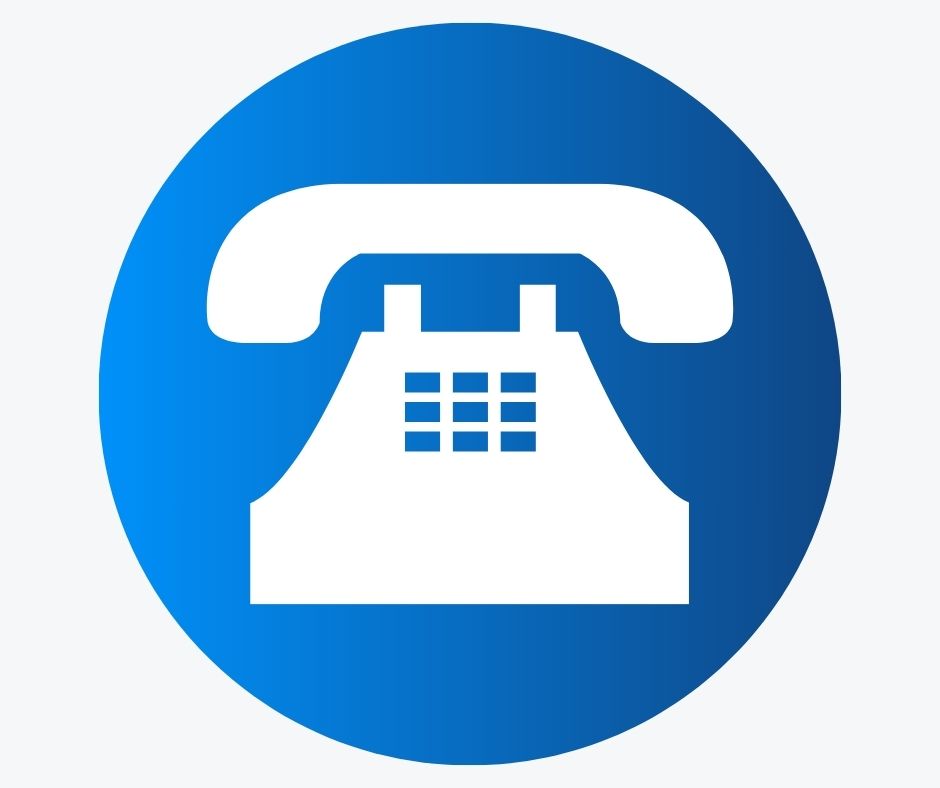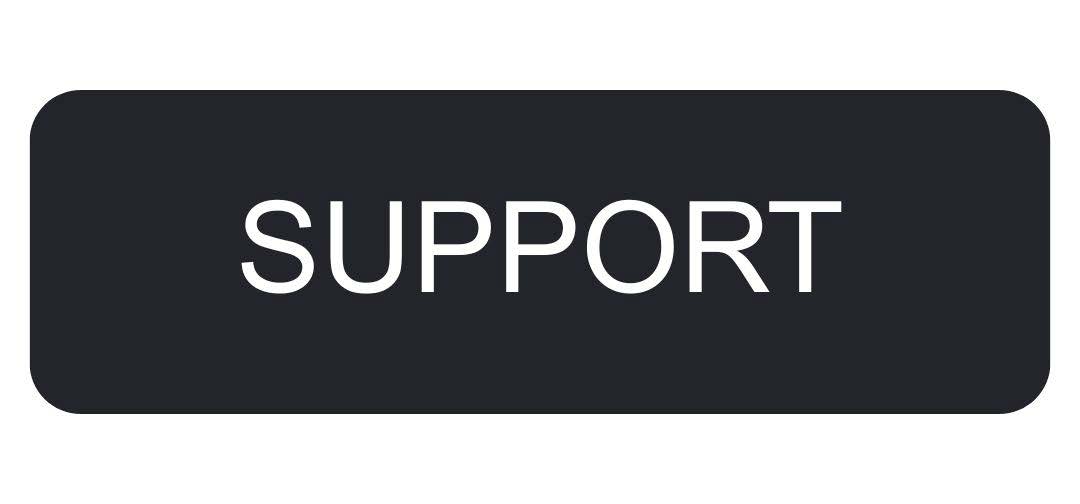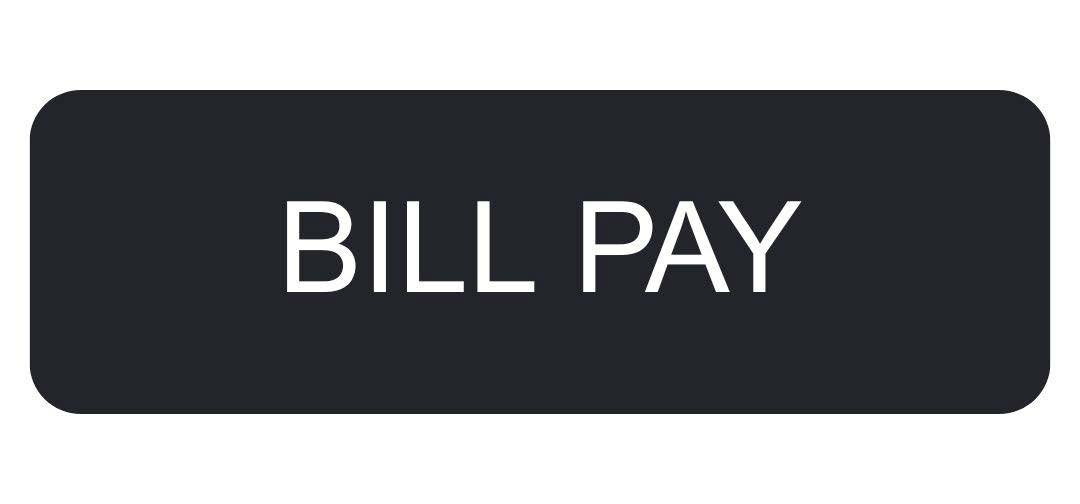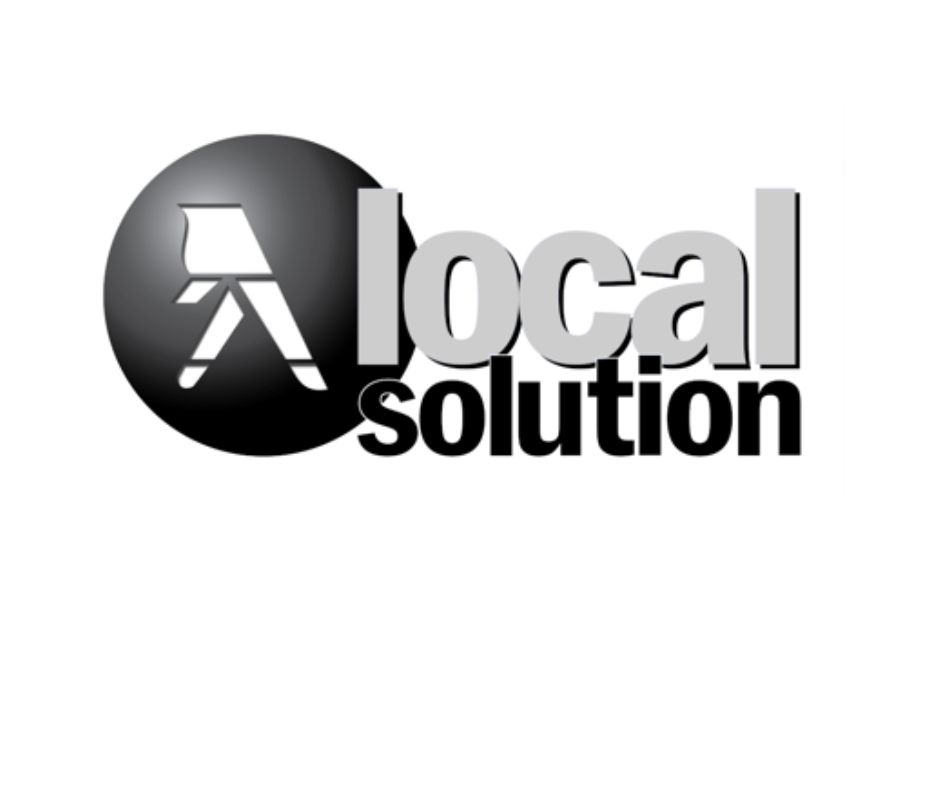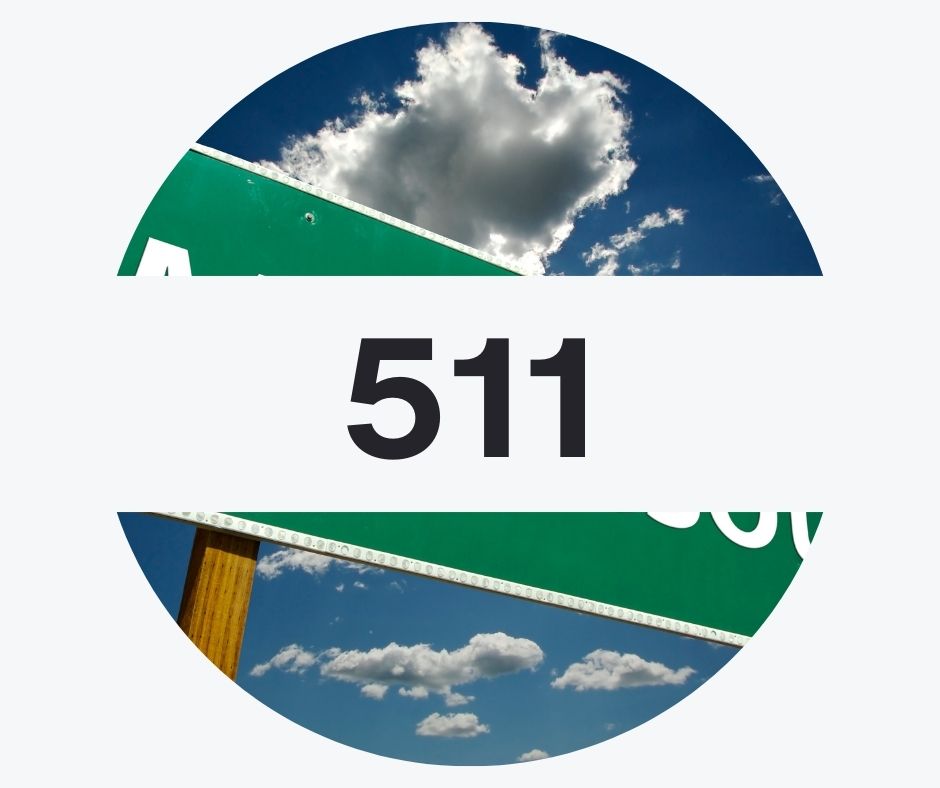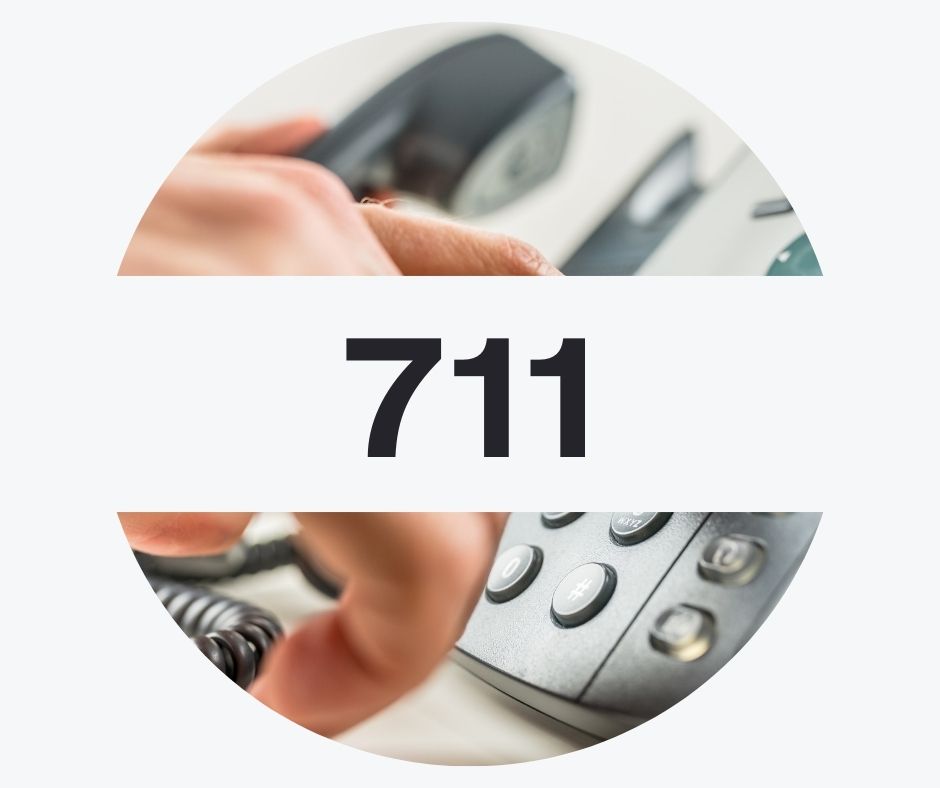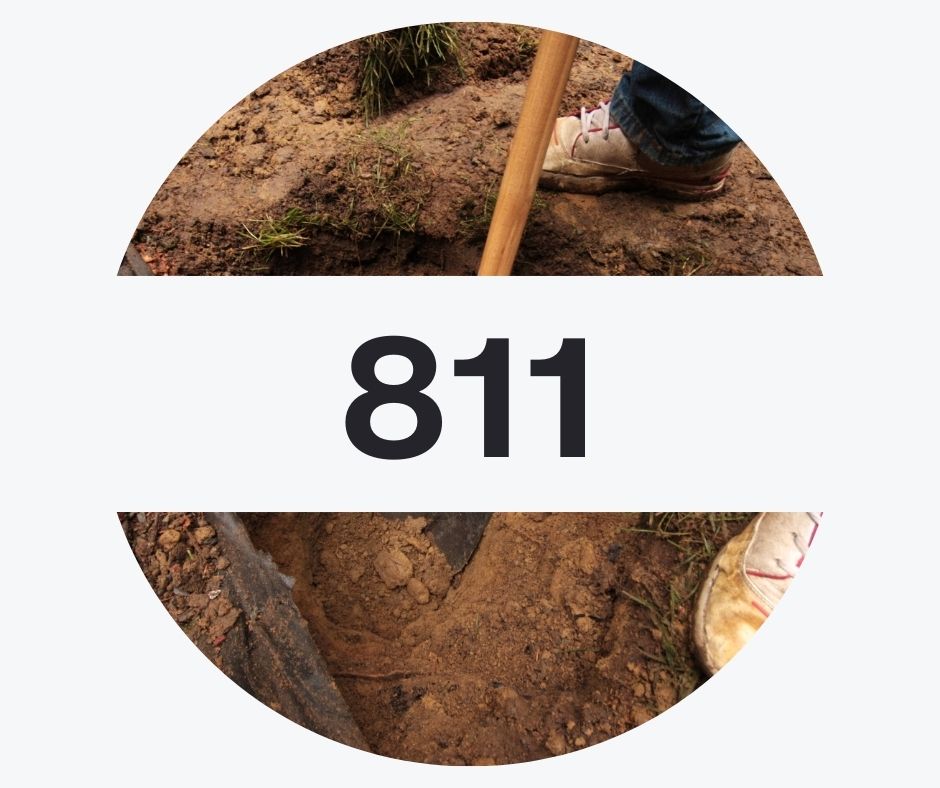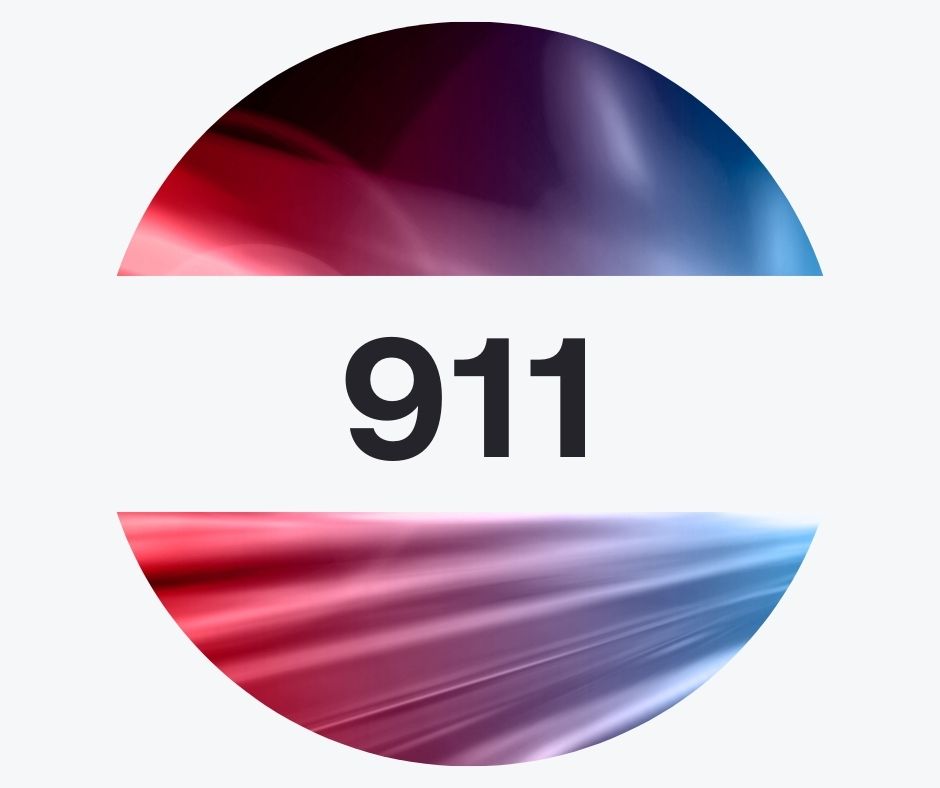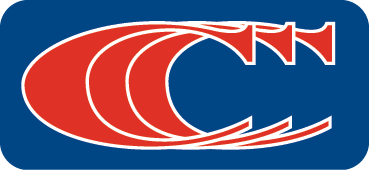FAQ - How Should I Handle Telemarketer Calls?
If you choose to answer a call from an unknown number, simply ask to be placed on the do not call list. This phrase may be the best "script" for you to use when answering those unwanted, and at times, downright invasive phone calls.
Receiving these types of calls evokes a variety of responses including making excuses, arguing with and antagonizing the caller, or hanging up on the caller. These methods have actually proven to be counterproductive, so the calls continue. Similar to mail ordering, purchasing a product from a telemarketing firm over the phone places the consumer on a variety of future calling lists.
The FBI reports that about 10% of the telemarking businesses in operation are fraudulent firms. The Federal Trade Commission (FTC) has enacted certain restrictions to help protect the consumer against infringements on privacy as well as fraud. Some of these include:
Telemarketers representing companies other than non-profit organizations are required to maintain a "do not call" log of individuals who request not to be called anymore. (They may not call you again if you have previously asked not to be called. A civil penalty may be imposed on the company should this occur.) A telemarketer cannot call prior to 8:00 AM or after 9:00 PM. A telemarketer must receive written authorization fromt he consumer in order to withdraw money from a checking account. The telemarketer must inform you prior to making a sales pitch that the call is a sales call, provide the name of the sellter, and explain what is being sold.
Other Helpful Tips:
When placing an order by phone, always note the date, time, and name of the representative taking the order. The total price (including any shipping charges), method of shipment, and expected date of delivery should also be written down. Never reveal your bank or credit card account numbers to a telemarketer unless you are familiar with ordering from the company. If you receive a call from a telemarketing firm and do not wish to be contacted anymore, tell the representative that you wish to be placed on their "do not call" list. As a precaution, note the date and time you made the request, and the name of the caller and company.
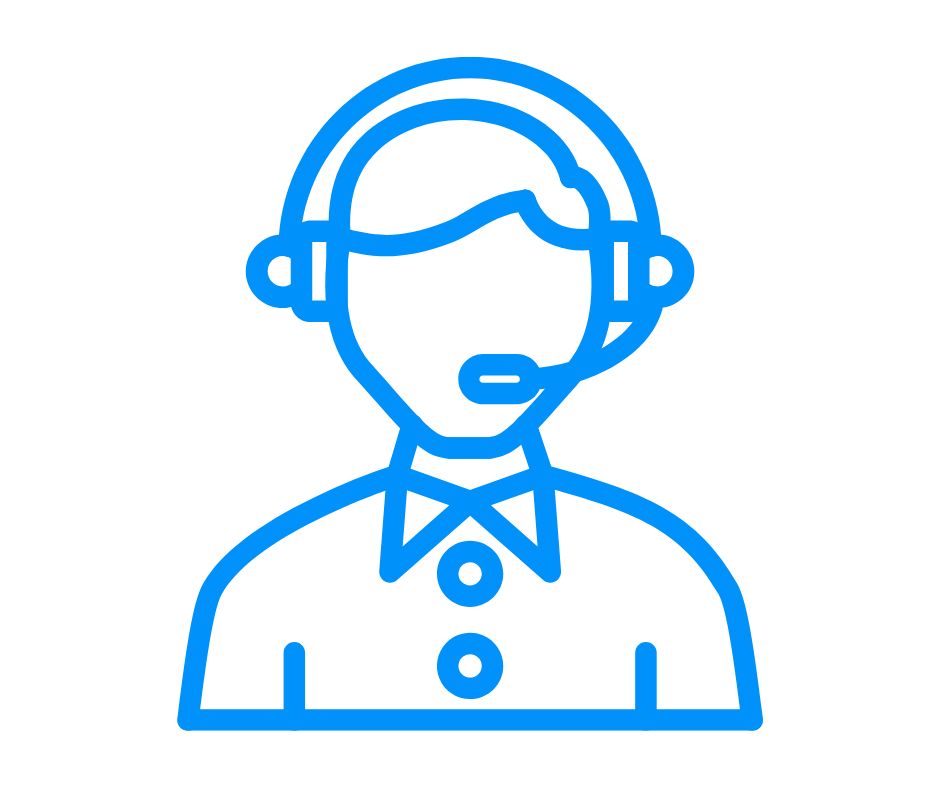
FAQ - What Is the Minnesota "Do Not Call" List and How Do I Sign Up for It?
The Do Not Call Law was implemented in response to consumers' concerns regarding unwanted telemarketing calls. The National Do Not Call Registry, under the joint jurisdiction of the Federal Communications Commission (FCC) and the Federal Trade Commission (FTC) was implemented to assist consumers. The National Do Not Call Registry gives you a choice about whether to receive telemarketing calls at home. Most telemarketers should not call your number once it has been on the registry for 31 days. To learn more about who may or may not call, review these Frequently Asked Questions. You can file a complaint if you receive unwanted calls from telemarketers to which the Do Not Call Registry applies. The Federal Trade Commission can add you to the National Do Not Call Registry online, or you can call 1-888-382-1222 to register. It is free to register your home or mobile phone.
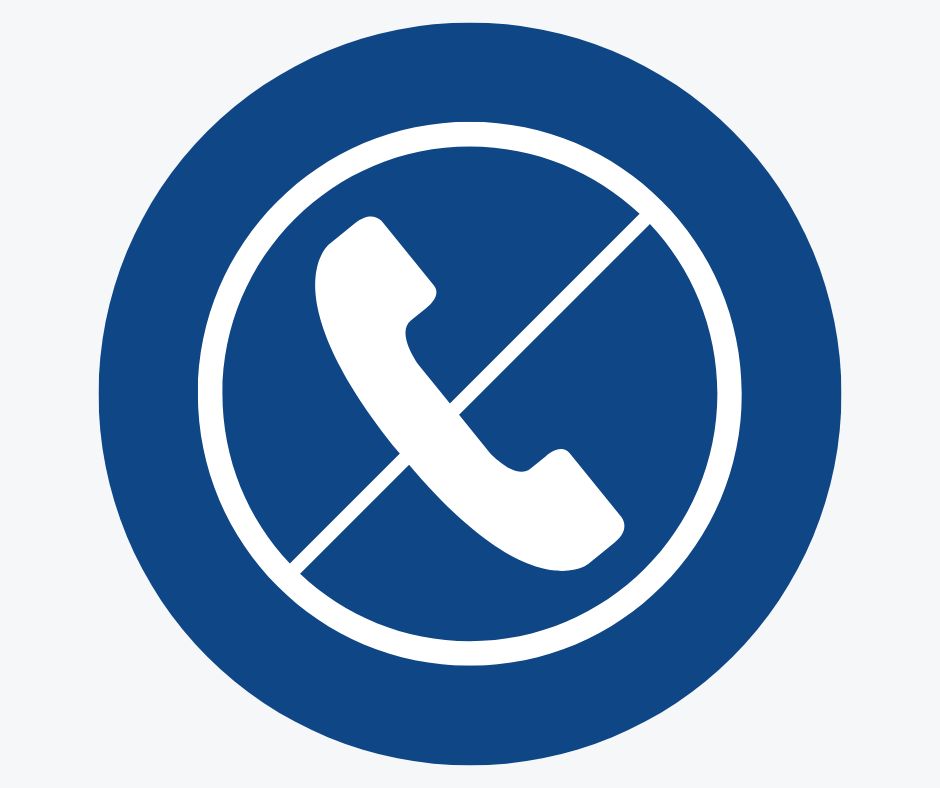
FAQ - Why Am I Having Problems Receiving Calls?
If your landline telephone is not working (for example, you can make calls and are receiving local calls), but you learn that long-distance or wireless callers have been unable to reach you at your home or business, even when you are there or have an answering maching, you may be experiencing "failure to complete" problems.
Typical "failure to complete" symptoms include the following:
Long distance or wireless callers tell you they repeatedly hear nothing or "dead air" for 10 seconds or more after they dial your number. If they stay on the line, the call may seem to be dropped or they may eventually hear a busy signal. Long distance or wireless callers tell you they repeatedly hear prolonged ringing on their end after they dial your number (e.g., the callers wiat 10-20 rings before they finally hang up.) Long distance or wireless callers tell you they repeatedly hear a recording such as "the number you have dialed is not in service" or "your call cannot be completed as dialed" when they know they've correctly dialed your number.
What information do I need to report these problems?
The date and time the call(s) were made or attempted. The calling and called telephone numbers. If possible, the name of the long-distance or wireless telephone service provider that serves the calling customer.
The person trying to call you should report the details of the problem to their long-distance or wireless telephone service provider. The number to report such problems should appear directly on the person's monthly bill. That provider should be best able to locate the source of the problem and fix it.
What causes these problems?
The problem appears to be occurring in rural areas where long-distance or wireless carriers normally pay higher-than-average charges to the local telephone company to complete calls. That is, in order for a long-distance or wireless carrier to complete one of its subscriber's calls to a resident of a rural area, the carrier must get the call to the exchange serving that resident (the local phone company), and then pay a charge to that local carrier to access its exchange. The physical process of getting the call to the exchange is called "routing", and the charge paid by the long-distance company to the local carrier is called an "access charge". These charges are part of the decades-old system of "access charges" that help pay for the cost of rural networks. To minimize these charge, some long-distance and wireless carriers contract with third-party "least cost routing" service providers to connect calls to their destination at the lowest cost possible. Although many of these contracts include strictly-defined performance parameters, it appears that all too frequently those performance levels are not being met, or indeed, some calls are not even connecting at all. The FCC is addressing call completion and all qualifying problems affecting long-distance, wireless, and VoIP calls to rural telephone customers on multiple fronts.
FAQ - What Is Slamming?
Slamming is a practice in which your long-distance service provider is switched without your consent or knowledge. You may have signed the back of a check sent to you by a long-distance carrier and submitted it with your local telephone bill. The small print on the back gives permission to change carriers.
If you have been slammed, you should:
Call the company that slammed their service and inform them that you will not pay any charges incurred. Contact Christensen Communications Company and explain that you did not authorize any changes and request to be switched back to your preferred carrier. Ask for a PIC freeze to be added to your account. Note: Although CCC does not charge a fee to be connected or reconnected to CCC Long-Distance, other companies may charge a reconnect fee. Contact your preferred long-distance company and ask to be reconnected and refunded the switch fee that your local company may charge you. In the event that you are unable to resolve a slamming problem, file a complaint with the FCC. A letter should be sent to: Federal Communications Commission, Consumer Complaints, Mail Stop Code 1600A2, Washington, D.C. 20554.
